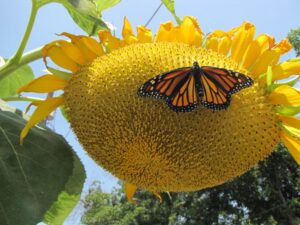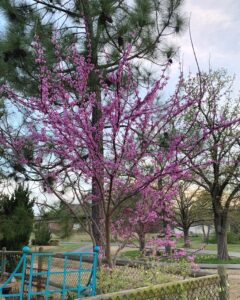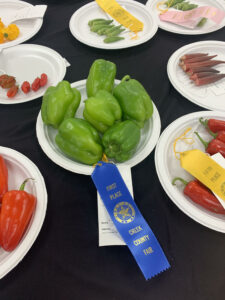Kathy Berryhill
Creek County Master Gardener
Along with almost everything else, the cost of gardening has risen since last season. Plant shopping has a sticker shock value associated with it. The days of inexpensive 6 packs of flowers and vegetables are long gone. Mulch, fertilizer and soil enhancers, tools, seeds, gloves… anything that has to do with gardening costs more this year. So, what’s a gardener to do? Actually, there are multiple ways to make your gardening dollar go further!
Spring is the time to look for overcrowding and/or incorrect placement of perennials. Dividing and transplanting are more successful now when the temperatures are mild and new growth is beginning. My Stella D’Oro lilies have tripled in size and are overhanging the garden border. Using a sharpshooter shovel to divide this plant resulted in three new perennials! Plants to divide now include phlox, coneflower, monkey grass, ajuga, aster, sedum, and more. Be sure to water the transplants well as they develop new roots.
Buying “bare root” plants can be a tremendous saving. Bare root plants are usually dormant and sold without soil around their roots and are packaged in a box or in plastic. Roses and many other plants can be bought this way at great savings. Recently, I found a box of daylilies that contained 8 plants for under $20. The tubers already had 3” of new growth and will produce beautiful blooms this summer. Please read package directions carefully as some bare-root plants need to soak in water to rehydrate their roots prior to planting.
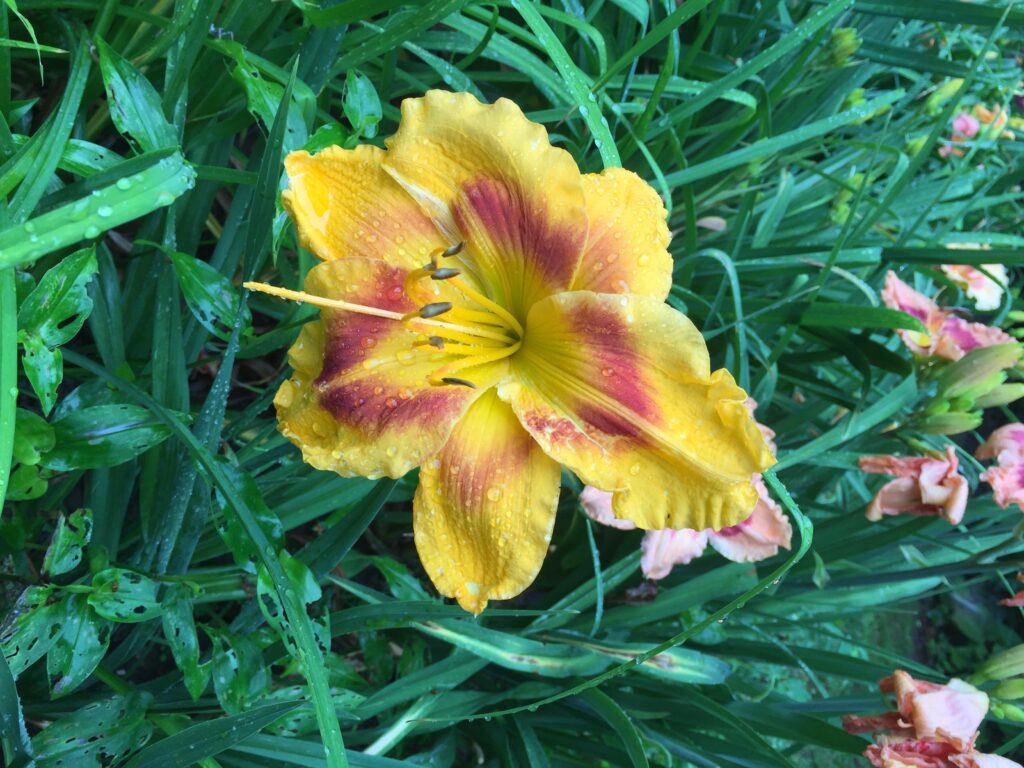
Consider purchasing smaller plants. Japanese Blood Grass is beautiful in the landscape but is an expensive annual purchase. Ornamental grasses in a 4” container can be bought for under $5. Many will already have enough growth that they will benefit from a larger pot. Although it’s too early to plant annuals in the ground, moving the plant to a larger container and sitting them in the sun on these warm days will result in a much larger plant once we are past the threat of a late freeze.
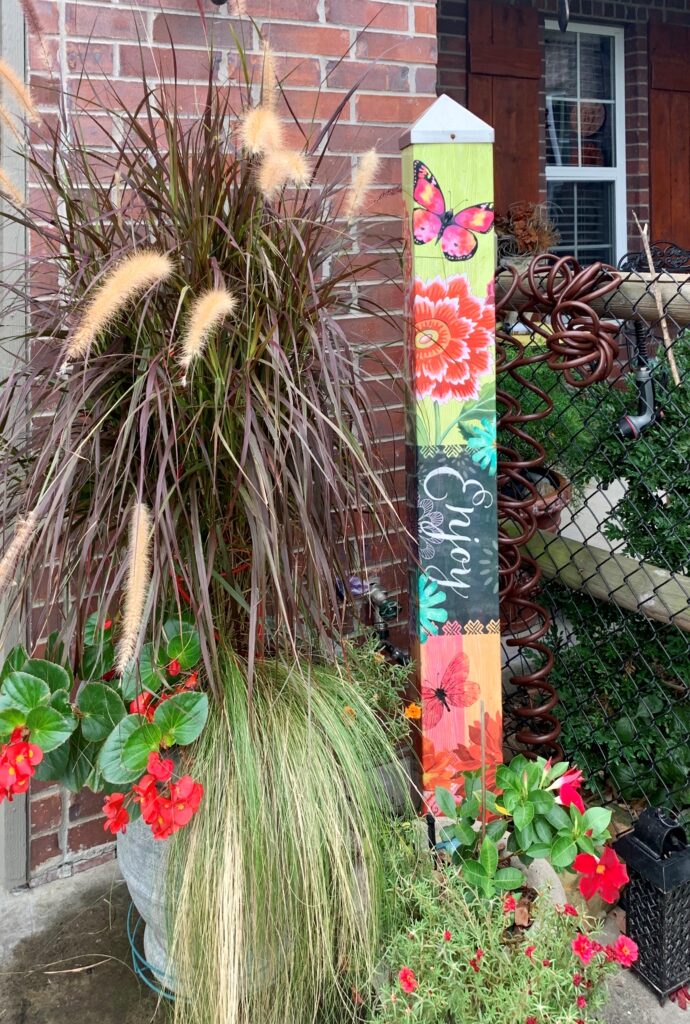
Mulch is a great money and time saver in the garden. Mulch helps retain moisture and cuts down on the amount of water that is needed. However, buying mulch by the bag can get costly. Consider purchasing mulch sold in bulk to save money. Splitting a load of mulch with a gardening friend can cut the cost down even further and it’s more fun to work together. Some communities offer free mulch from their shredding facilities. Tree trimming companies can be a good resource also. I’ve asked companies in my area if they would bring me their load at the end of the day. It saved them a drive and saved me the cost of buying mulch!
Using alternative materials is another budget-friendly option. If you are planning to build a path in your yard, the cost of weed cloth, bricks, pavers or rocks can add up quickly. A simple path can be made using cardboard and mulch. Begin by mowing the grass as low as possible. Lay cardboard down to use as a weed block, overlapping seams by 4”. Soak the cardboard as you work by spraying it with a garden hose. This will help keep the cardboard in place. If you want to fasten the cardboard, use small rocks on the corners or garden stakes at the edges. Cover the cardboard with at least 3” of mulch or shredded wood chips to complete the project!
We’ll continue looking at budget-friendly gardening next week. Do you have a tip to share? Send to gardener@sapulpatimes.com.
Happy Gardening


